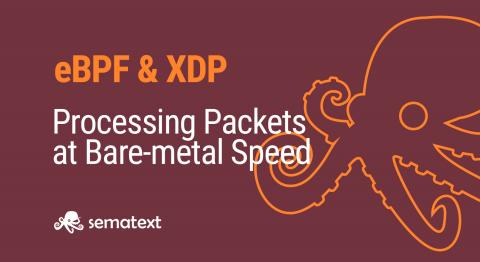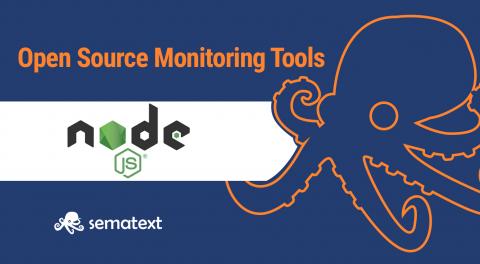Logstash Tutorial: A Quick Getting Started Guide
Looking to learn about Logstash as quickly as possible? This Logstash Tutorial is for you: we’ll install Logstash and push some Apache logs to Elasticsearch in less than 5 minutes. Logstash is a good (if not the) swiss-army knife for logs. It works by reading data from many sources, processing it in various ways, then sending it to one or more destinations, the most popular one being Elasticsearch.











